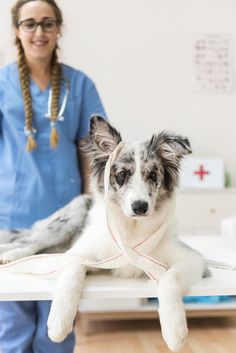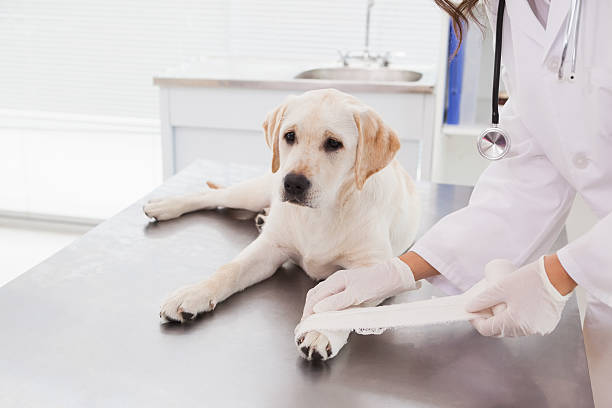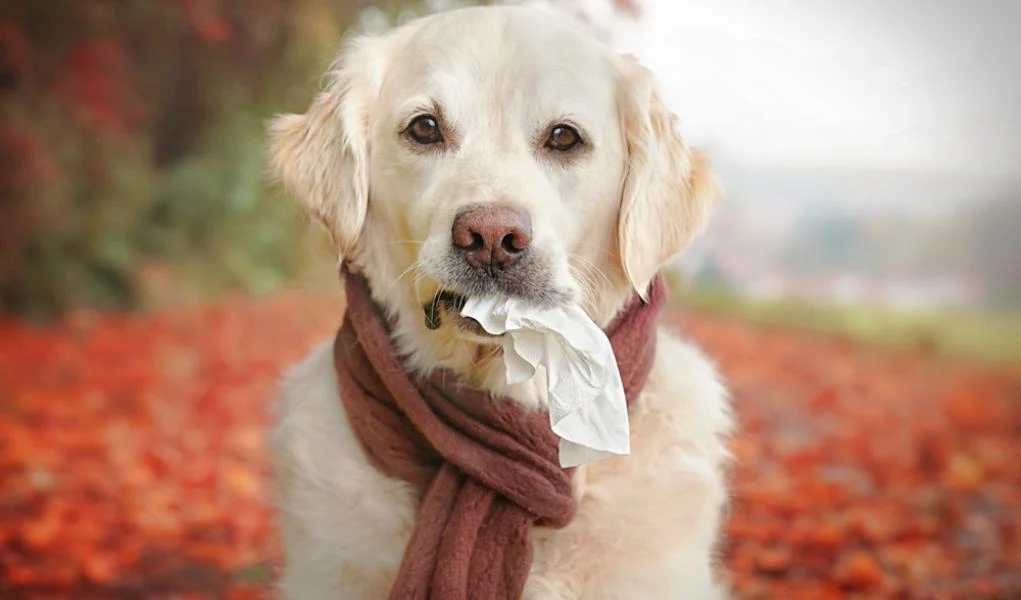Accidents happen, even to our furry companions. If your dog has suffered a cut or wound, it’s crucial to provide immediate and appropriate treatment to prevent infection and aid in the healing process. In this comprehensive guide, we will walk you through the steps of treating a cut on your dog, ensuring their well-being and promoting a speedy recovery.
Assess the Severity of the Cut
The first step in treating a cut on your dog is to assess its severity. Minor cuts that only involve the top layers of the skin can often be managed at home, while deep or extensive wounds may require veterinary attention. Examine the cut closely and determine if it is a superficial scrape, a small puncture, or a larger laceration.
Clean the Wound
Before treating the cut, it’s important to clean the wound thoroughly to remove any dirt, debris, or bacteria that may be present. Start by gently trimming the hair around the wound using blunt-nosed scissors. This will help provide better visibility and prevent hair from obstructing the healing process. Use a mild antiseptic solution recommended by your veterinarian or a diluted iodine solution to cleanse the wound. Avoid using hydrogen peroxide or alcohol, as they can delay healing and irritate the surrounding skin.
Control Bleeding
If the cut is actively bleeding, it’s crucial to control the bleeding before proceeding with further treatment. Apply gentle pressure to the wound using a clean cloth or sterile gauze pad. Elevating the wounded area may also help minimize bleeding. If the bleeding doesn’t stop within 10-15 minutes or is profuse, seek immediate veterinary care.
Apply an Antibacterial
Ointment After cleaning the wound, apply a thin layer of antibacterial ointment or gel recommended by your veterinarian. These ointments create a protective barrier against bacteria, prevent infection, and promote healing. Be sure to follow the instructions provided by your veterinarian regarding the frequency and duration of application.
 Bandage the Wound (If Necessary)
Bandage the Wound (If Necessary)
Depending on the location and severity of the cut, your veterinarian may recommend bandaging the wound for added protection. Bandaging can help keep the wound clean, minimize the risk of contamination, and prevent your dog from licking or scratching the area. However, it’s important to note that not all wounds require bandaging. If your dog tends to chew or excessively lick at the bandage, it may be best to use an Elizabethan collar (cone) to prevent self-inflicted injury.
Monitor for Signs of Infection
While treating the cut, it’s essential to monitor the wound for any signs of infection. These may include increased swelling, redness, discharge, foul odor, or your dog showing signs of pain or discomfort. If you notice any of these symptoms, contact your veterinarian promptly as antibiotics or further treatment may be necessary.
Prevent Your Dog from Licking the Wound
Dogs have an instinctual desire to lick their wounds, but excessive licking can introduce bacteria and hinder the healing process. To prevent your dog from licking the wound, use an Elizabethan collar (cone) or consider using a specialized recovery suit that covers the wound area. It’s important to ensure your dog is comfortable while wearing these devices and monitor them closely to prevent any accidents or discomfort.
Follow-Up Veterinary Care
If the cut is deep, doesn’t show signs of improvement, or your dog’s behavior changes, it’s essential to seek veterinary care for further evaluation. Your veterinarian may need to administer antibiotics, recommend additional treatments, or provide professional wound management.
Remember, every cut or wound is unique, and the appropriate treatment may vary. It’s crucial to consult with your veterinarian for personalized advice and guidance based on your dog’s specific condition. By promptly and properly treating a cut on your dog, you can help promote healing, prevent complications, and ensure their well-being.


